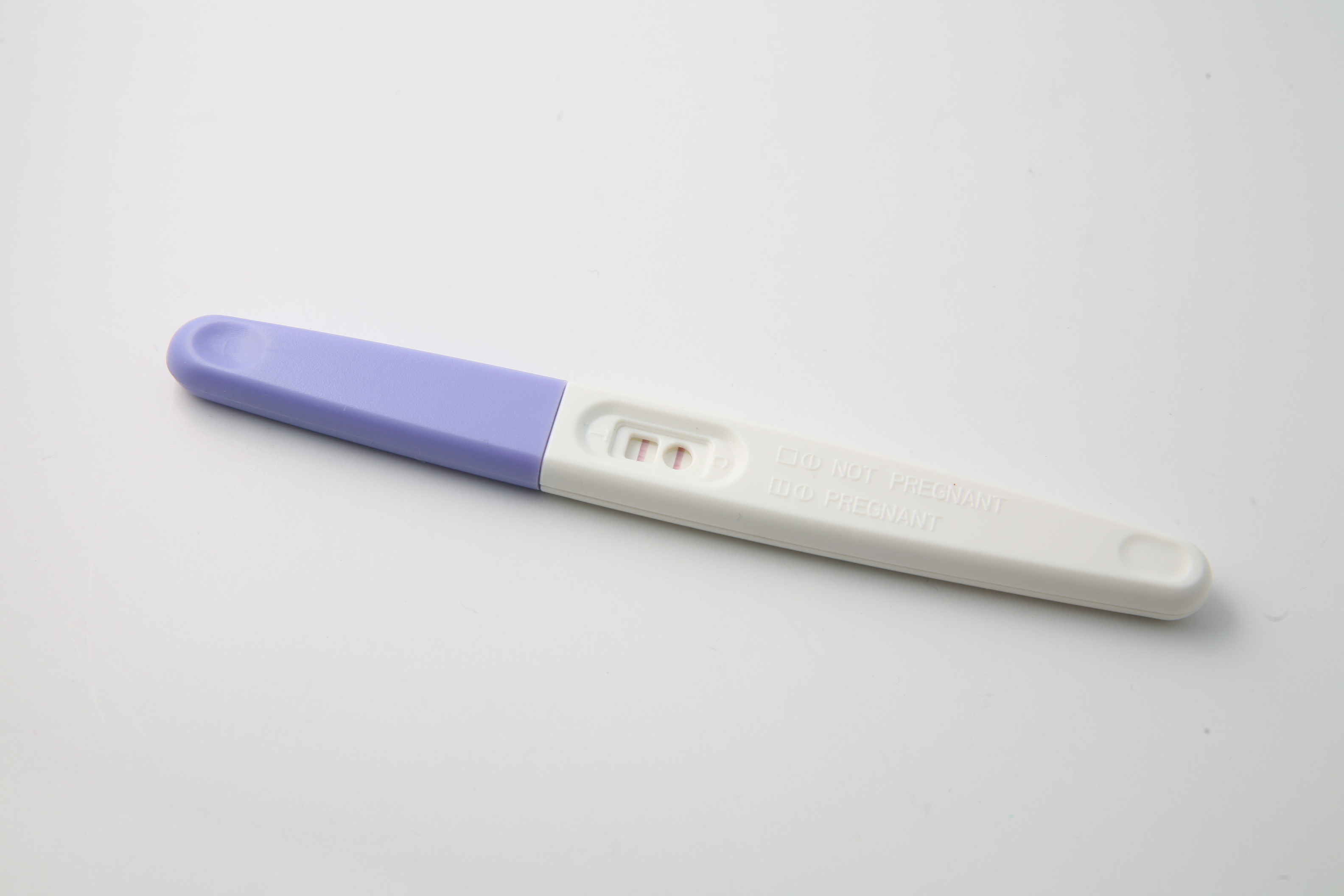Infertility through the ages – and how IVF changed the way we think about it
By Tracey Loughran,
The Conversation
| 05. 01. 2018
To all outward appearances, Louise Brown looked exactly the same as thousands of other babies when her blinking, slightly quizzical gaze met newspaper readers on the morning of July 27, 1978. But as the first child born using the technique of in-vitro fertilisation (IVF), she was utterly unique in the history of humankind.
Forty years later, the media is saturated with articles about people’s experiences of infertility. There is frequent debate about the possible dangers of current and future reproductive technologies. These include intracytoplasmic sperm injection (the direct injection of sperm into eggs obtained via IVF), uterus transplants, artificial wombs and human cloning.
And there is good reason for news outlets to be concerned about infertility. It remains an immediate and painful problem for many people today. In 2010, an estimated 48.5m couples worldwide were infertile. We will never know how many people suffered from infertility in past generations – the numbers were never counted – but there are fears that rates are now rising.
Today, declining fertility rates are often blamed on wider changes in...
Related Articles
By Grace Won, KQED [with CGS' Katie Hasson] | 12.02.2025
In the U.S., it’s illegal to edit genes in human embryos with the intention of creating a genetically engineered baby. But according to the Wall Street Journal, Bay Area startups are focused on just that. It wouldn’t be the first...
Several recent Biopolitical Times posts (1, 2, 3, 4) have called attention to the alarmingly rapid commercialization of “designer baby” technologies: polygenic embryo screening (especially its use to purportedly screen for traits like intelligence), in vitro gametogenesis (lab-made eggs and sperm), and heritable genome editing (also termed embryo editing or reproductive gene editing). Those three, together with artificial wombs, have been dubbed the “Gattaca stack” by Brian Armstrong, CEO of the cryptocurrency company...
By Lucy Tu, The Guardian | 11.05.2025
Beth Schafer lay in a hospital bed, bracing for the birth of her son. The first contractions rippled through her body before she felt remotely ready. She knew, with a mother’s pit-of-the-stomach intuition, that her baby was not ready either...
By Emily Glazer, Katherine Long, Amy Dockser Marcus, The Wall Street Journal | 11.08.2025
For months, a small company in San Francisco has been pursuing a secretive project: the birth of a genetically engineered baby.
Backed by OpenAI chief executive Sam Altman and his husband, along with Coinbase co-founder and CEO Brian Armstrong, the startup—called...




